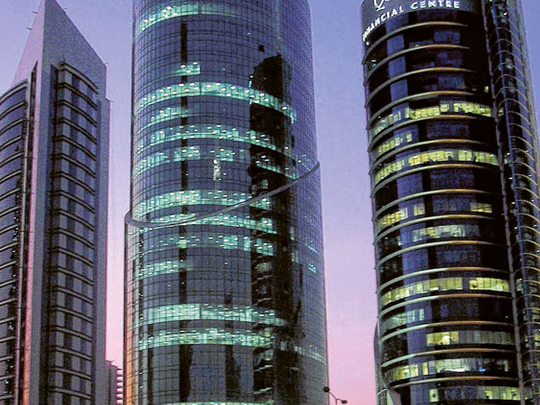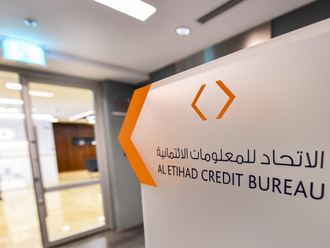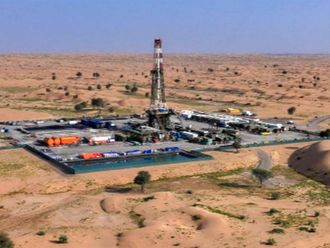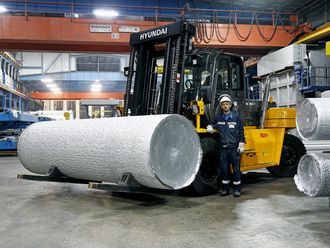
Doha: A quick trip down the waterfront provides an interesting vista of Doha, its skyline a cluster of steel, glass and concrete structures, some reminiscent of the towers in Dubai.
Nestled on the West Bay area, the city's business district, is Tornado Tower — an iconic edifice shaped like a tornado in the desert.
Not too far away is Aspire Tower, the centrepiece of the 15th Asian Games that looks like a colossal torch.
At first glance, one might be forgiven for asking whether or not Qatar is trying to rival its razzle-dazzle neighbour.
It's a question many people ask Akshay Randeva, director of strategic development at the Qatar Financial Centre Authority.
But he's quick to say they are not trying to overtake the prominence of Dubai or any of the neighbouring Gulf Cooperation Council (GCC) countries.
"We're looking to be complementary, not competitive," Randeva insists.
Beyond architectural masterpieces, Qatar has a few other things in common with Dubai or the rest of the UAE. Qatar has huge gas reserves, the third largest in the world, but it is looking to diversify into finance.
In 2005, just about a year after the Dubai International Financial Centre (DIFC) opened its doors, the Qatar Financial Centre (QFC) was set up.
High-calibre firms
Over the years, this small country has attracted the interest of some high-calibre firms from around the world and the region. Qatar is now home to 145 companies licensed by the QFC alone.
Some of the big names include Goldman Sachs International, NYSE Qatar, JPMorgan Chase Bank, Axa, Morgan Stanley & Co. International, Zurich International Life Limited and American Life Insurance Company.
Qatar also recently marked a major milestone with the launch of the Universal Trading Platform, enabling the cash equities exchange to use the same modern technology as NYSE Euronext.
The QFC and the DIFC are not the only the ones vying to become the pre-eminent financial centre in the Gulf.
Shortly after the QFC opened for business, Saudi Arabia announced the King Abdullah Financial District project in Riyadh.
Regional unrest
Bahrain also has its own financial centre, which was, however, rocked by regional unrest recently.
Randeva, who is responsible for developing and implementing various strategic initiatives aimed at promoting Qatar as a regional hub for the asset management, reinsurance and captive insurance industries, points out that the opportunities in the GCC or the Middle East's financial services industry are vast.
"Let's take for example the insurance industry in Qatar. You have a country which has the highest per capita GDP in the world. You have a savings rate which is close to about 41 per cent, yet you have a low insurance penetration rate," he says.
"There is so much scope for the growth of financial services in this market that all of us need to be working on increasing the size of the pie. Probably, 50 years from now, we could start talking about how the pie is split, but right now, it's just about increasing the size of the pie," he says.
George Pickering, managing director for policy, enforcement and risk division of the QFC Regulatory Authority, agrees. He says that while other financial centres in the world seem to have captured specific markets, there is no evidence this trend is happening in the Gulf yet.
"I don't think there is a recognition of who owns which territory or which part of the financial sector in the region. I don't think there's yet a settling of, let's say, insurance being done here, asset management being done there," Pickering says.
"There is a leadership role being played by Qatar. There is a very vibrant economy behind it, so it will give a lot of impetus here," he said.
With the robust economic fundamentals, Qatar, however, is bullish it can convince more financial heavyweights to set up businesses in the country.
The Qatari economy grew by 16 per cent in real terms last year and is projected to grow by 18.6 per cent in 2011 to reach a nominal GDP of $157.9 billion.
The GCC economy is now considered one of the 20 largest economies in the world with a combined real GDP estimated at $771 billion for 2010 at 2005 constant prices.
The Sovereign Wealth Funds (SWFs) in the GCC have also built up a significant buying power and Qatar is optimistic it will underpin the future growth of the asset management industry in the Gulf.
Besides, there are plenty of deep pockets in the region. In 2009 the number of high net worth individuals (HNWI) globally expanded 17 per cent to over 10 million. A huge chunk of the wealth can be found across the Middle East and industry sources confirm there is a growing interest to invest closer to home.
Investment from wealthy individuals is forecast to reach $3.8 trillion next year. Cerulli Associates said this is a factor behind the development of new funds in markets such as Qatar and the UAE.












